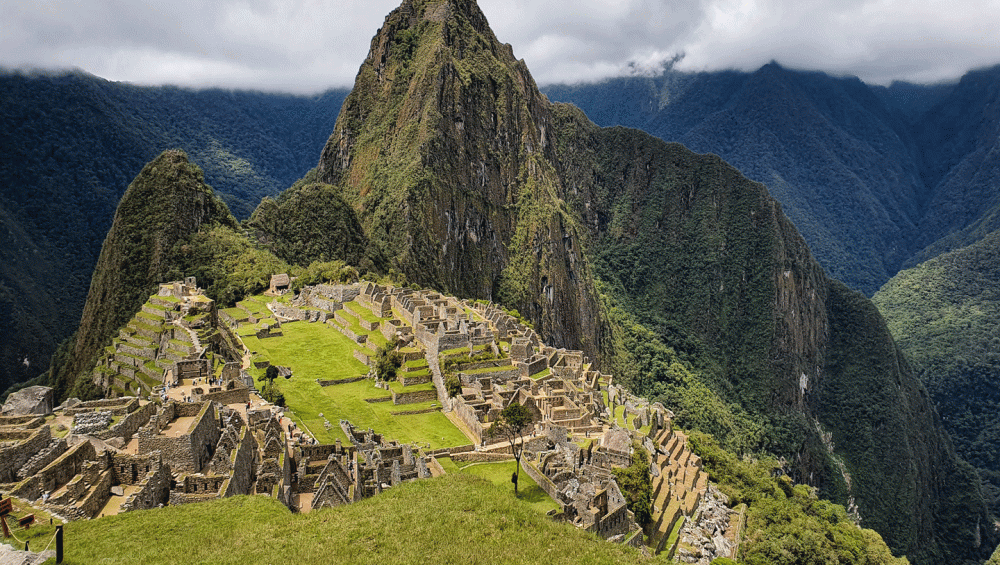Machu Picchu, the most famous ancient city in Latin America, enchants visitors from around the world. Perched high in the remote mountains of Peru, it is enveloped in an almost mystical aura. When dense mist cloaks Huayna Picchu and the Incan stone city slowly emerges from the fog, its timeless charm captivates all who see it.
A Mysterious City in the Andes
Much about the true meaning and purpose of Machu Picchu remains elusive. Built around 1450 by the Incan ruler Pachacútec, who expanded the empire and established the sun god Inti’s cult, the city’s exact role continues to be debated. Why it was abandoned after only 100 years of use is unknown, adding to the site’s allure.
Theories and Speculations
Numerous theories surround the purpose of Machu Picchu. Was it a royal winter residence, an astronomical center, or a sacred religious site? These ideas have yet to be definitively proven or disproven, leaving the city one of the most mysterious and popular ancient sites in the world. Another question lingers: how was such an architectural marvel constructed without the wheel? The sophisticated irrigation system that enabled the cultivation of maize and potatoes also raises intriguing questions. What is certain is that the Indigenous people succeeded in hiding Machu Picchu from Spanish conquistadors, preserving the city’s secrecy for 300 years.
Fascinating Facts About Machu Picchu
- The rediscovery of Machu Picchu is a monumental event. In 1911, Hiram Bingham unearthed this well-hidden secret with sufficient funding, revealing what has become one of the world’s most famous archaeological sites. Today, the only access is by train or on foot, with visitors taking a four-hour train journey from Cusco. Each year, around 600,000 visitors, including 2,000 daily, explore the landmark, which remains a major economic driver for Peru.
- Despite the flow of tourists, Machu Picchu maintains its unique allure. On misty days, the site appears almost otherworldly, reinforcing its status as one of the Seven Modern Wonders of the World. As a UNESCO World Heritage Site since 1983, conservation efforts ensure the site is protected from over-tourism. Machu Picchu’s location, surrounded by steep cliffs plunging into the Urubamba River, has earned it the nickname “City in the Clouds.”
- With over 200 stone structures spread across terraces and interconnected by stairways, the Incas’ incredible adaptability is evident. Only about 20% of the city has been uncovered, with its full scale still a mystery. Over 100 years after Bingham’s discovery, Machu Picchu continues to captivate and awe visitors, standing as Peru’s iconic landmark and a testament to the achievements of the Inca civilization.

